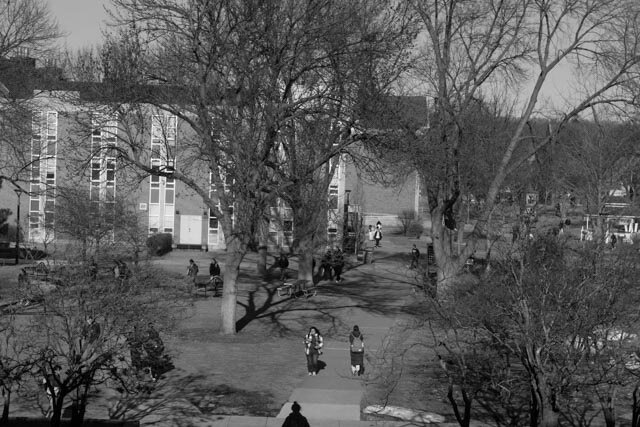Winona, a small city with population above 26,000 (2021 census), where around 6,000 are students at the Winona State University. Another chunk of Winona’s population is the faculty and staff along with their family from the university itself. With a big percentage of its population made up based on a university can often mean difficulty with housing. As Winona is comparatively small than some of the cities nearby, the opportunity is quite limited for people living here, especially the students.
A university student primarily works to pay for their tuition fees, though there may be financial help from the government, sometimes that is not enough. Not to mention, if it is an international student, then the restrictions skyrockets. In the middle of continuing their academics and working to pay tuitions, finding a place to live that matches their budget can be a bit difficult.
If someone wants to live near the campus but not on campus, they have to pay minimum $400 excluding utilities, electricity, heating and internet which can easily add up to $50 depending on their usage. The same sentiment applies people going for a cheaper place but far away from the campus, which often compels them into buying a car or sharing rides. This makes the expenses come out to be nearly the same as the students living near campus.
No matter how much they might try to cut off on living expenses, at the end of the day there is a small difference between living costs while near campus or far away. This brings us to living on campus at the Winona State University campus. As it is housing on campus with security, no additional utilities, electricity, internet or any other fees, it undoubtably falls on the more expensive side.
It might seem that college students are the only ones struggling with their housing situation here in Winona. But it is not the complete truth. As a small city, minimal opportunity, the families living here are struggling equally. With an average household income, more than one fourth of their income goes into paying their rents. If above 25% of a family’s income goes to paying rent, how can they survive on the leftover 75% (almost)? On top of that, there are families that have kids, loans or other bills to pay: How are they supposed to manage with approximately 75% of their income? From the approximate 75% of their income left, they have mandatory taxes to pay and different insurances, that as residents they must pay for.
This income to rent ratio wouldn’t have been a problem if people had more resources and better wage to earn from. In recent years, the housing situation has become such an issue that there has been a decline in population. People are moving out to have a better living. The rent is not the only issue here to look at, however. The ratio of people to housing in Winona is completely disproportionate. There aren’t as many standard livable housings as needed.
Firstly, people are paying way more than they should have for such old and backdated houses. Secondly, landlords know the demand and increase the prices at an absurd rate every year, so that it gets hard for anyone to find an alternate in their budget. With the slightest renovation, which must have been done either way for health and safety hazard, landlords often increase the rent either way.
36% of the households are renter-occupied in Winona; this also means the other 64% is owner-occupied. Among the 64%, a small percentage is new owners, and the bigger number of ownerships has been held for quite some time. The median household income here is less than $50,000, while the median property value is $159,400. In this economy, with this income, every few would be able to purchase a house here in Winona, MN. So, bringing up the idea of purchasing a property instead of renting to people who are barely managing to survive with the latter, does not sound like most intellectual thing one could be suggesting.
Though Winona is a magnificently scenic place to live in, the housing condition has been such a bother to people in recent times, that they are willing to move on from this place for a better life somewhere else. At present, the decline in number (26,772 to 26,199) may not seem much, but if not taken necessary steps soon, there might come a time that we have barely anyone left to live and keep Winona alive.












































